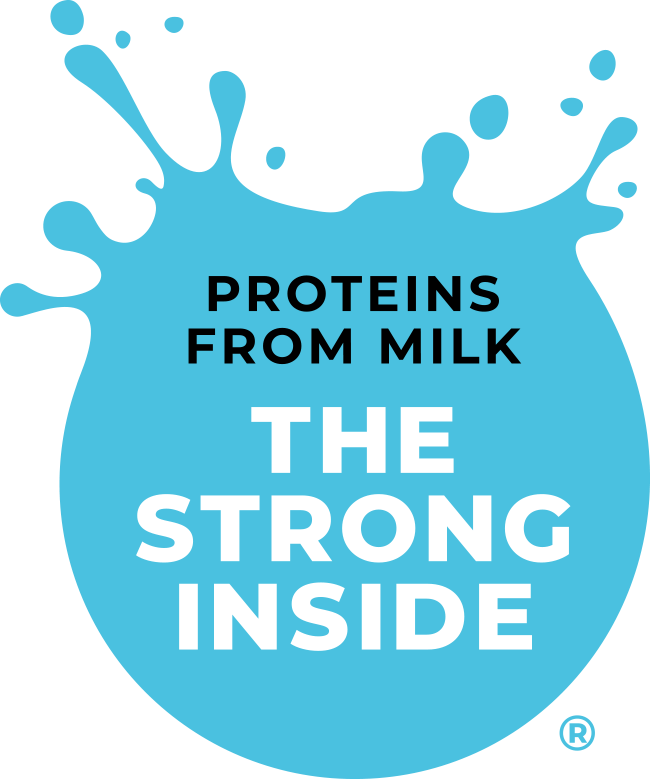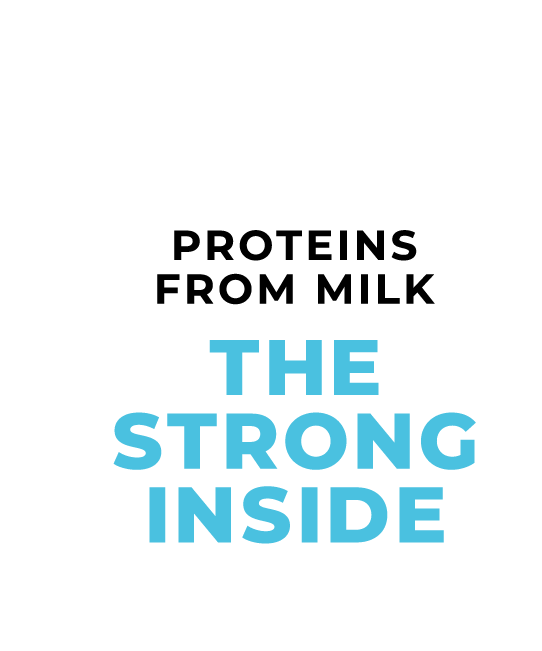Extracting proteins from milk is simple and relies only on pressure and filtration, which results in minimally processed protein. And unlike many plant-based proteins that are extracted using harsh treatments and added artificial chemicals, most proteins from milk are manufactured mere miles from where the milk was collected, which reduces the carbon footprint of this process.
Extracting proteins from milk is also a low waste process. Milk is 100% edible, whereas a lot of other sources of plant-based proteins may produce yields less than 35%. Simple processing, local manufacturing and modern filtration keeps yields high, which increases the sustainability of making proteins from milk.
Looking for a deeper dive into how different proteins from milk are made? Let’s break it down by type.


